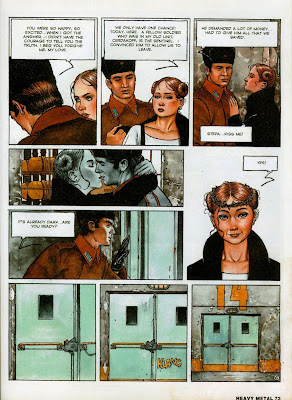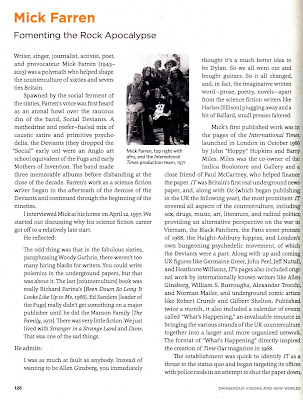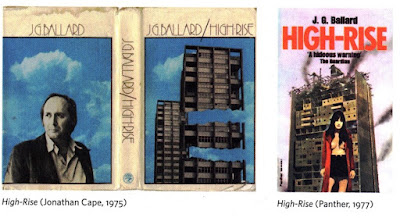Saturday, February 5, 2022
The Marriage of Irina Valienko
Thursday, February 3, 2022
Tuesday, February 1, 2022
Jim Osborne: The Black Prince of the Underground
The Black Prince of the Underground
Jim Osborne was born in Monroe, Louisiana, in 1943 and grew up in Texas. After a stint in the U.S. Army from 1963 – 1966, he moved to San Francisco in 1968, where he embraced the counterculture and began to submit comics to the local underground newspapers. He soon became a well-known figure in the city’s burgeoning comix scene.
By the late 70s Osborne began to lose interest in contributing to comix, and his problems with substance abuse were only made worse by the death of his brother Dan from a drug overdose in 1991. Osborne did only a few art pieces during the 1990s, and died in 2001 due to chronic alcoholism.‘Jim Osborne: The Black Prince of the Underground’ compiles all of Osborne’s comix and graphic art (these all were done in black-and-white). It also includes a biographical sketch of Osborne, with anecdotes and reminiscences from family and friends and other comix artists. And it’s physically smaller than the usual dimensions of the comics-related books published by Fantagraphics (such as multi-volume set of books dealing with 'Spain' Rodriguez), but it had the same high production values one would expect from Fantagraphics.
It should be emphasized that Osborne was second to none – including S. Clay Wilson – when it came to using comix as a vehicle to depict all manner of explicit, disturbing horrors and depravities, so I’m not sure who, exactly, will be interested in picking up the book. I had to search very carefully for excerpts from the book that I could scan to use in this review.
Perverts, murderers, demons, and drug addicts all populate the comix and art of Jim Osborne, where their iniquities often are accompanied by notes of black humor.
Aside from the dwindling cohort of people that remember Osborne’s comics from the 60s and 70s, I’m guessing that the Gorehounds who devour modern-day, full- color comics from Avatar like Crossed and Uber, likely will find delight in Osborne’s gruesome portrayals of libertines, cannibals, serial killers, demons, and other degenerates.
One thing that really comes across well in the pages of ‘Jim Osborne’ is the intricate nature of his artwork, which originally was printed on newsprint-grade paper by obsolete presses manned by comix publishers in condemned warehouses in San Francisco.
Unfortunately, 'Jim Osborne' is now out of print, and finding a copy for sale for a price anywhere close to its cover price of $25 is difficult, if not impossible. I don't know if Fantagraphics decided on a limited print run for the book because they thought it was a niche item, or because they were nervous about obscenity charges, but until they decide to launch another printing, or issue an eBook, 'Jim Osborne' is among the rarest of the rare. If you see a copy for an affordable price, grab it !Saturday, January 29, 2022
I Believe by Chilliwack
Thursday, January 27, 2022
Book Review: The Sword of Morning Star
Monday, January 24, 2022
Idi Amin article 1979
High Society magazine, November 1979









































































